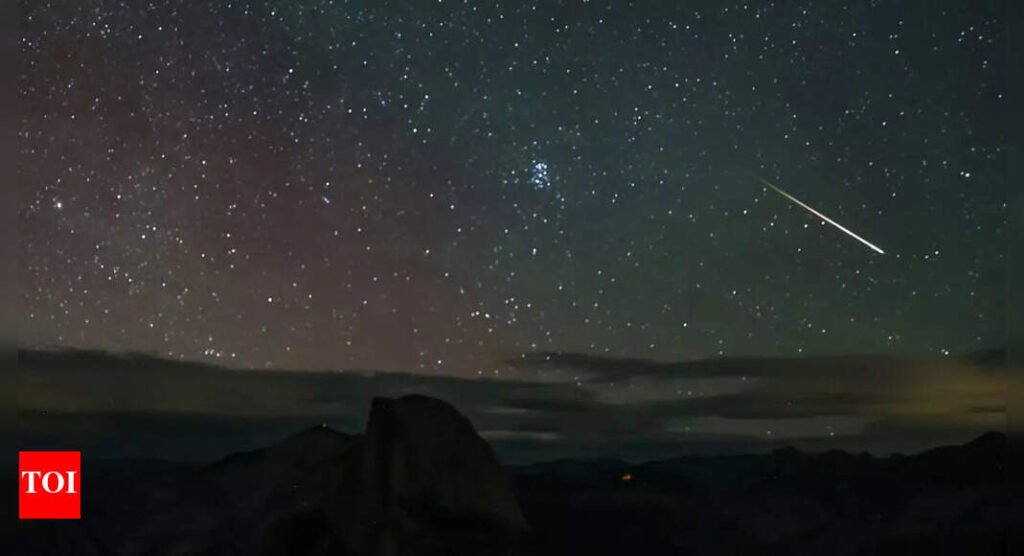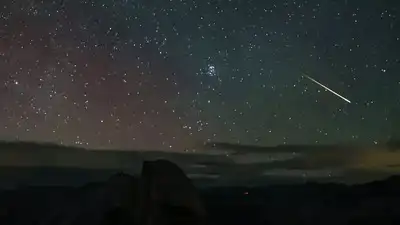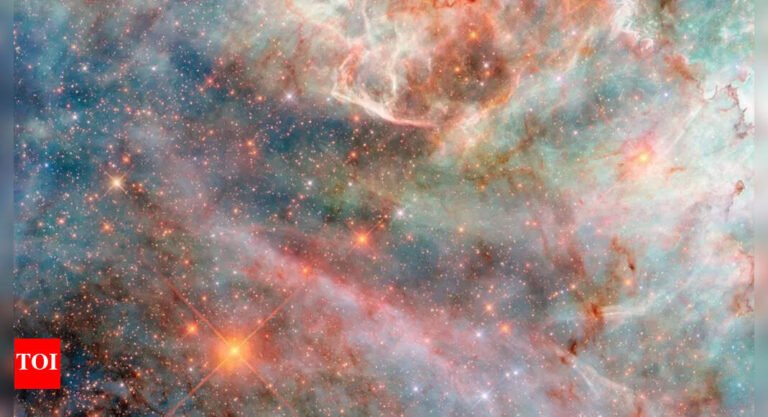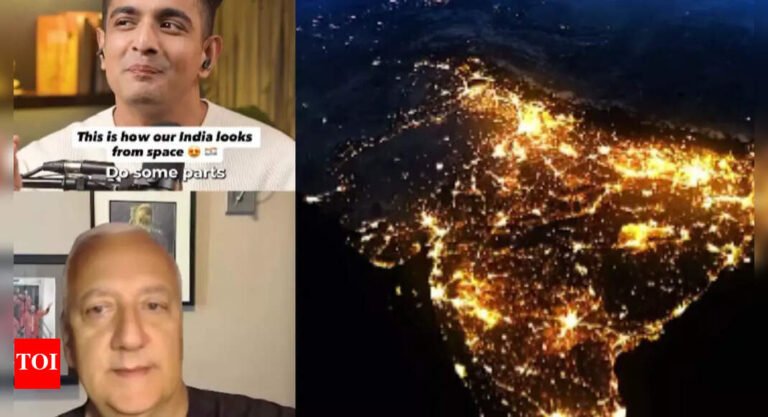
The Perseid meteor shower is one of the most anticipated celestial events of the year, dazzling skywatchers with bright shooting stars and spectacular fireballs. Occurring annually when Earth passes through debris left behind by comet Swift-Tuttle (109P), this meteor shower is known for producing up to 100 meteors per hour at its peak. In 2025, the Perseids will be at their best on the nights of August 12–13, creating one of the brightest natural displays visible from Earth. Even with the challenge of an 80% illuminated waning gibbous Moon, stargazers can still enjoy a breathtaking view, particularly during pre-dawn hours. Here’s an in-depth look at what makes the Perseids so unique and how to experience them at their best.
Perseid meteor shower to peak in August: Viewing time
The Perseids peak on the nights of August 12–13, with activity visible from late evening until dawn. The meteors appear to radiate from the constellation Perseus, near the star Eta Persei, which rises high in the northeast during the early morning hours. Although meteors can appear anywhere in the sky, their paths trace back to this radiant point, making it easier for enthusiasts to locate the source.This year, the waning gibbous Moon, illuminated at nearly 80%, will rise before midnight on August 12 and remain visible until dawn. This brightness can wash out fainter meteors, limiting visibility. However, the Perseids are renowned for producing brighter-than-usual meteors and fireballs, which can outshine moonlight and still offer a rewarding show for observers.
Perseid meteor shower: Best locations to view and tips
To maximise your stargazing experience, choose a dark-sky location far from city lights.The Perseids originate from a radiant in the Northern Hemisphere sky, viewers across Europe, North America, and parts of Asia can witness this dazzling celestial event. Each year, stargazers and photography enthusiasts gather under dark skies worldwide to admire and capture one of nature’s most anticipated astronomical displays. Allow at least 30 minutes for your eyes to adjust to darkness before observing. Experts recommend looking about 40 degrees above the horizon, slightly away from the radiant point, to catch long meteor trails.A simple trick: hold your clenched fist at arm’s length—it covers about 10 degrees of the sky, helping you estimate the viewing angle. Using smartphone astronomy apps with augmented reality can also help you locate Perseus and other constellations with ease.
What causes the Perseid meteor shower
The Perseid meteor shower originates from debris left behind by the comet 109P/Swift-Tuttle. As Earth plows through this cosmic trail each year, tiny fragments—no larger than a grain of sand—collide with our atmosphere at speeds reaching 37 miles (59 kilometers) per second. The immense friction causes these particles to vaporize instantly, resulting in bright streaks of light across the sky.These glowing trails, often referred to as “shooting stars,” are actually meteor trails left behind by burning space dust. Some particles are large enough to create fireballs—exceptionally bright meteors that briefly rival the brightness of planets like Venus.
How to capture the Perseids on camera
Photographers aiming to capture shooting stars should use cameras with high sensitivity and wide lenses. Long-exposure settings, paired with a sturdy tripod, can capture multiple meteors in a single frame, adding to the magic of the experience.
FAQs: Perseid meteor shower 2025
What dates are best to see the Perseids in 2025?The shower peaks on August 12–13, but meteors can be seen from July 17 to August 24, with fewer per hour outside the peak window.How many meteors can I expect to see?During peak nights and under ideal dark skies, up to 100 meteors per hour are visible, including occasional fireballs.Where should I look in the sky?Meteors will appear to radiate from the constellation Perseus, located in the northeastern sky, but can appear anywhere overhead.Do I need a telescope or binoculars?No. The Perseids are best enjoyed with the naked eye. Telescopes and binoculars limit your field of view and make it harder to spot meteors.What’s the best time to watch?The best viewing time is from midnight until dawn, when the radiant is highest and more meteors are visible.Can I photograph the meteor shower with a smartphone?Yes, with night mode or long exposure apps, a tripod, and a clear dark sky, you can capture some of the brighter meteors.Also Read | NASA to build Moon reactor by 2030, outpacing China-Russia lunar ambitions with a 100-kilowatt power system







